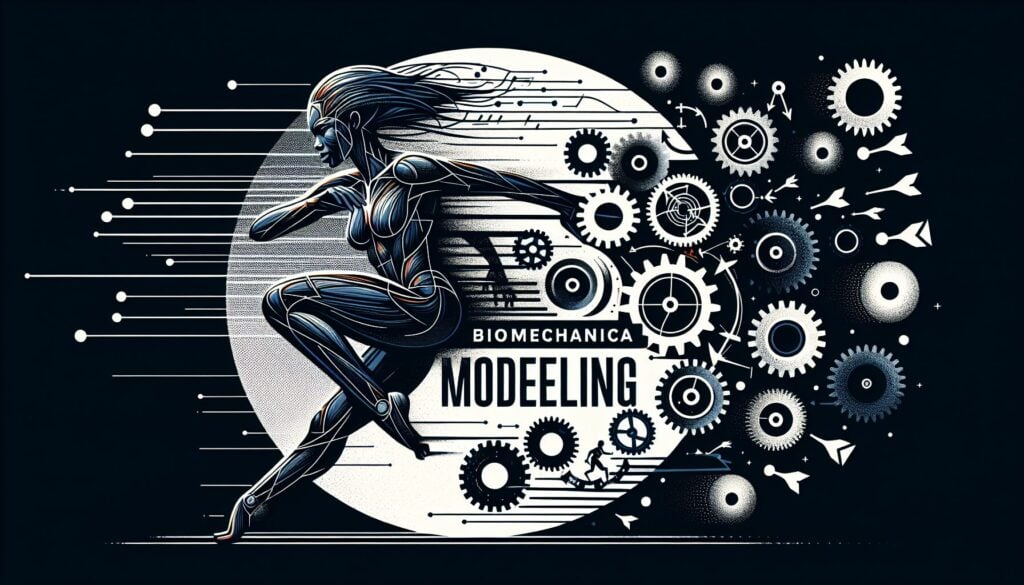利用机械原理(物理学、工程学)分析体育活动中作用在人体上和人体内部的力和应力。
- 方法: 工程, 人体工程学
生物力学建模

生物力学建模
- 可持续性设计, 人体工程学, 人为因素, 机械工业, 风险管理, 模拟, 应力腐蚀
目标
如何使用
- 计算机模型或数学公式用于模拟人体运动,并计算举起、推动或搬运等任务中的内力(如关节、脊柱上的内力)。
优点
- 可对无法直接测量的内部生物力学负荷进行定量估算;有助于了解损伤机制和评估人体工程学干预措施的效果;可对复杂动作进行分析。
缺点
- 模型是对复杂人体的简化,需要假设;准确性取决于输入数据的质量和模型的有效性;可能很复杂,需要专业软件和专业知识。
类别
- 工程, 人体工程学
最适合:
- 分析工作任务中人体所受的机械力和应力,以评估受伤风险并优化设计。
Biomechanical modeling encompasses a range of applications across various sectors, including healthcare, sports science, and industrial ergonomics, where understanding human movement and forces is paramount. In healthcare, this methodology assists in designing rehabilitation programs by simulating patient movements to tailor interventions appropriately, thereby enhancing recovery outcomes. In sports science, teams leverage biomechanical models to optimize athletic performance, allowing coaches to analyze athletes’ techniques for improved efficiency and reduced injury risk during training and competition. Industrial ergonomics employs this approach during the product design phase, particularly in the development of tools, furniture, or workflows that mitigate physical stress on workers. Participants in these projects typically include biomechanical engineers, ergonomists, health and safety professionals, and product designers, working collaboratively to ensure designs meet ergonomic standards while addressing user needs. This modeling can also be particularly beneficial during early concept evaluations, allowing for rapid iterations and refinements based on simulated feedback, and is often used alongside experimental methods to validate findings through real-world testing.
该方法的关键步骤
- Define the biomechanical problem and task scenario, including motion parameters and loading conditions.
- Develop a detailed geometric model of the human anatomical structures involved, such as bones, muscles, and joints.
- Specify material properties for the anatomical components based on literature values or experimental data.
- Select an appropriate biomechanical modeling software or mathematical framework for simulation.
- Create or input the kinematic data and boundary conditions relevant to the task being analyzed.
- Set up the dynamic or quasi-static analysis, determining the necessary parameters for simulation.
- Run the simulation to compute internal forces, moments, and stresses in the anatomical structures.
- Validate the model by comparing simulation results with available empirical data or observed outcomes.
- Interpret results to identify potential injury risks and evaluate the impact of different task designs or ergonomics.
- Iterate on the design or task parameters based on findings to optimize for safety and efficiency.
专业提示
- Utilize advanced 有限元素 analysis (FEA) to model soft tissue interactions and provide a more comprehensive understanding of force distributions in various tissues during dynamic movements.
- Incorporate real-time motion capture data to refine your computational models for accuracy, allowing for better validation and predictive capabilities regarding individual variability in movement patterns.
- Implement sensitivity analysis within your models to identify which parameters most significantly influence biomechanical outcomes, guiding the focus of ergonomic interventions and design modifications.
历史背景
1687
1750
1788
1800
1800
1800
1810
1687
1738
1757
1788
1800
1800
1800
1820
(如果日期不详或不相关,例如 "流体力学",则对其显著出现的时间作了四舍五入的估计)。















相关文章
蒙特卡罗模拟
基于模型的测试
型号检查
混合方法研究
防错(Poka-Yoke)
任务简介测试